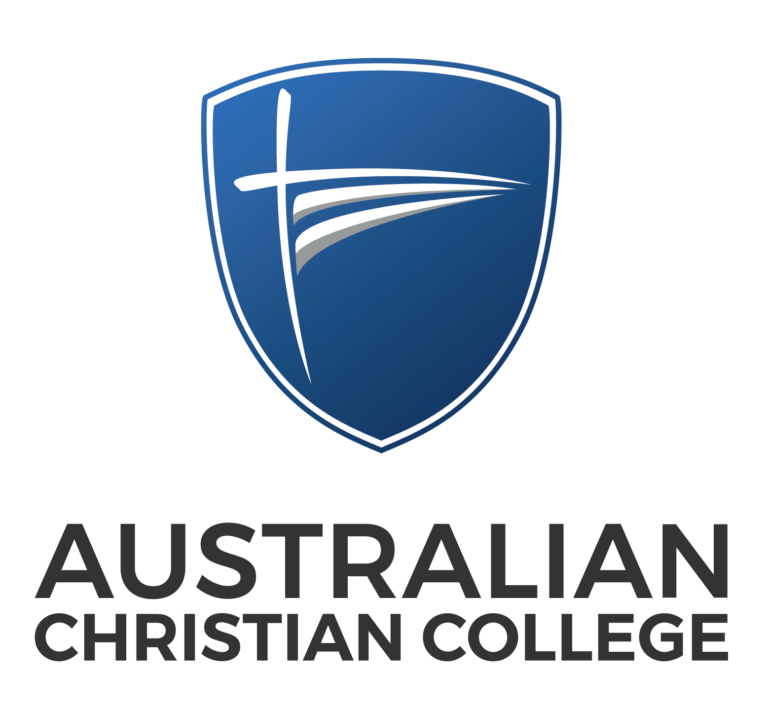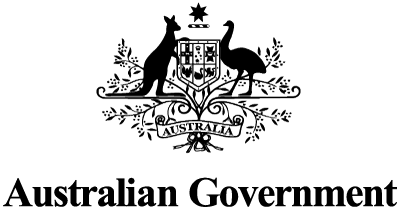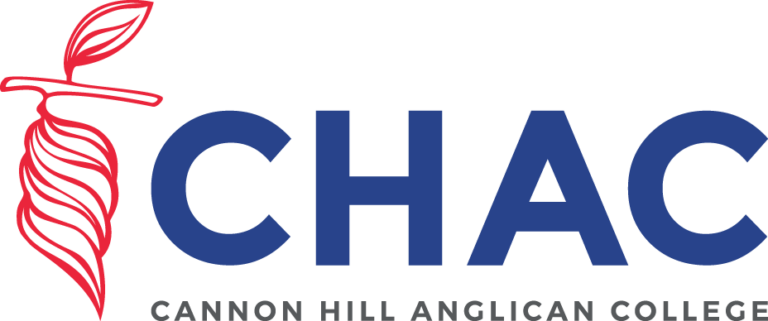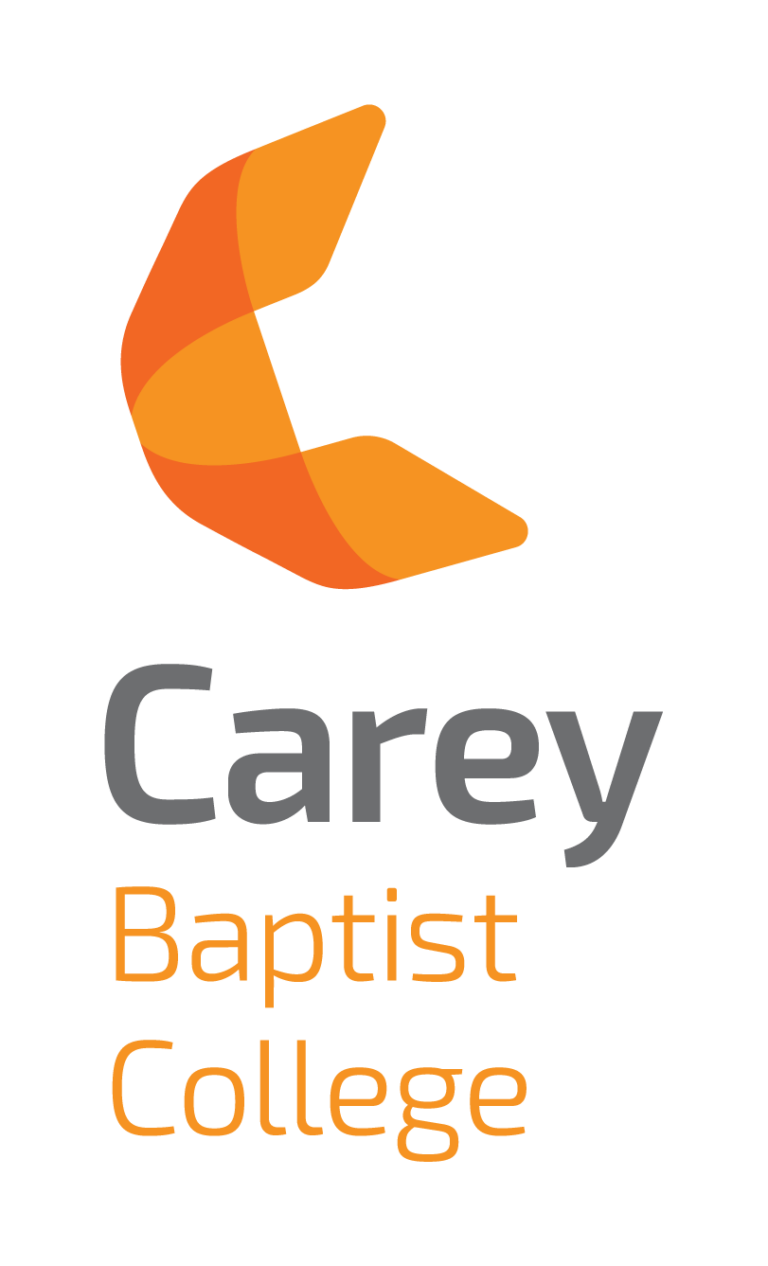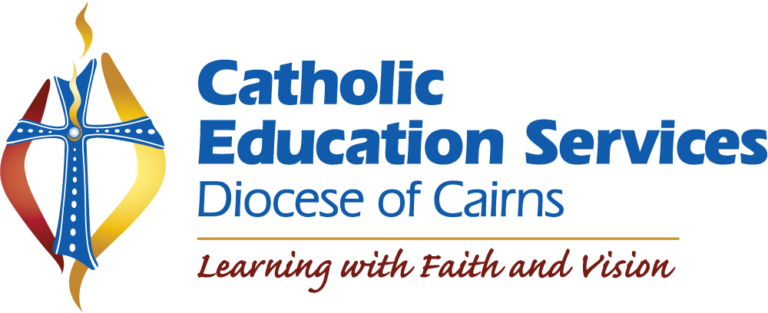Taking the guesswork out of school workforce strategy & decision making.
PeopleBench is a school workforce improvement company. Through our online platform, our Community of Practice, and our advisory services, we’re helping schools to Build Better School Workforces.
One minute you’re a teacher, the next you’re in charge of everything.
Research tells us that being a school leader can be one of the most rewarding (and challenging!) career moves an educator can make.
When the workforce accounts for 80% of the cost of running most schools, Principals, Deputies and Business Managers are responsible for spending their staffing budgets wisely. Most receive no training or support in workforce strategy or strategic Human Resource Management.
You don’t need to go it alone. Let us support you on your school leadership journey.
School leaders need more than good intuition.
The education sector is great at collecting and storing data. Turning it into insights that improve decision making (and your impact on student outcomes) is the key. To build better school workforces, you can’t rely on intuition alone, you need a trusted evidence base to inform and defend your decision making.
PeopleBench provides an evidence base & tools to inform your school workforce strategy and decision making.
Meet the PeopleBench Platform.
What our clients say.
If the staff are happy and engaged, the kids will be happy and engaged as well.
The opportunity to use a platform to gather data and then to be part of a process where we not only analyse the data, but we enact some change in response to that, is something that as a college we’re really used to doing and we’ve seen the benefits of.
The [Resilience Tracker] is amazing. It’s easy to use. It’s not a huge, long stack of 60 questions. The data was so easy and simple to use and read and unpack. The toolkit’s so practical and usable. It gives you practical things you can do. They’re not all large things—they’re from small to big.
I want to access the health of the organisation and the staff—not in the traditional sense of health, but making sure we are retaining our staff, recruiting quality staff, making sure our culture is intact and all employees are engaged. All that adds up to being an employer of choice. Sometimes the anecdotal conversations and the conversations around the water cooler are not enough to clarify whether we are that organisation, or not. We need some more concrete data to confirm our assumptions.
We know that the [teaching] gig is a hard one, so let’s make our workforce and our place of work the best possible place it can be for our teachers and for our staff.
In education we’ve had growing awareness of the importance of wellbeing for our staff in education. We are professionals at looking after our student wellbeing. We always speak about it, we consider it in all of our decisions. There’s a step before student wellbeing, which is looking after those adults who have that responsibility.
The whole educational environment is changing. I was really interested to not only find out how our staff were doing, but also to be able to do something about it.
It means we can engage our staff in a conversation about wellbeing and develop a plan together. It’s not just the leadership team developing a plan based on what we think, but we can actually work with the staff to develop a plan, implement strategies that are based on the needs of our staff.
“It provided opportunities for us to have very clear, identified goals. So, it doesn’t become a side project. It’s actually embedded with what we’re doing across the school with our Annual Improvement Plan.”
“It’s not just … a top-down approach. [Staff] are seeing that we’re in this together and wellbeing is everybody’s business. That’s the message we’re getting back. It’s not just us making them feel better about their workplace; it’s a shared responsibility.”
